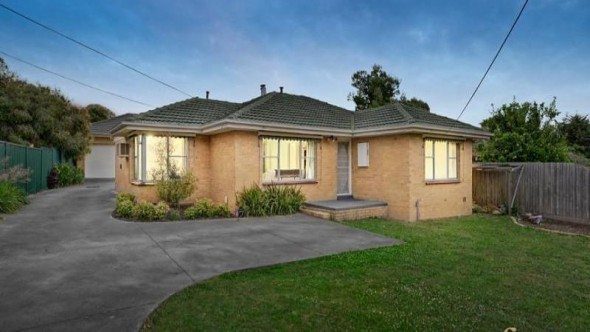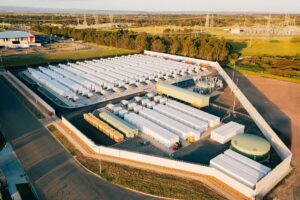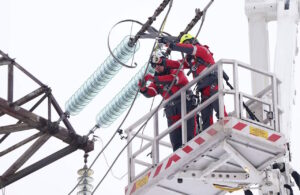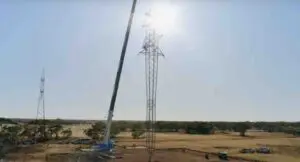AusNet is seeking regulator approval to spend $3.5 billion on upgrading its distribution poles and wires network over a five-year period it says will bring “significant changes” as the energy transition gathers pace.
AusNet’s network covers more than 80,000 square kilometres of eastern and north-eastern Victoria and Melbourne’s north and east, and supplies electricity to more than 802,000 households and businesses.
The $3.5 billion is the same number put forward by in AusNet its draft proposal in September, to cover the regulatory period between 2026-2031 which the distribution network service provider (DNSP) then described as “not business-as-usual.”
The billions are proposed to accommodate a forecast doubling in all-electric homes, exponential uptake of electric vehicles and the ongoing growth of rooftop solar and battery storage.
In its submission to the Australian Energy Regulator this week, AusNet said public and industry feedback to its draft proposal suggested the utility had “generally struck the right balance between cost and service level from both a value and affordability perspective.”
The submission also says that the proposed $3.5 billion spend will deliver “flat bills” for residential customers, excluding inflation.
The vast bulk of the money, more than $2 billion, is targeted on new poles and wires that will either replace aging assets or increase network capacity – or both, with an eye to enabling more customers to electrify their homes and cars.
A total of $431 million is allocated to accommodate a forecast 13% growth in summer peak demand and 18% growth in winter peak demand from
customers using more electricity, including those going all-electric on gas and transport, and electric vehicle charging.
Another $194 million is being put towards enabling new wind and solar generation and battery storage to “efficiently connect” to the sub-transmission network.
We know our customers are facing cost-of-living pressures and we believe we have struck a balance between investing in the network, while keeping energy prices as affordable as possible,” said AusNet executive general manager electricity distribution, Andrew Linnie.
“We have seen a significant increase in frequency and severity of extreme weather events and it’s important we make the network more resilient to these occurrences. We also want to improve reliability for many of our regional customers.
“The initiatives and investment proposed are an important step to enable our network to meet future needs.”
On tariffs, AusNet is playing it fairly safe – and by Victorian Labor government guildelines – by introducing limited changes to residential tariffs and leaving business tariffs alone.
For households, it is updating the residential time of use tariff structure to incorporate a daily solar soak period of 11am- 4pm and a peak period of 4pm-9pm local time. It is closing the residential demand tariffs due to low uptake from residential customers.
AusNet says it will also introduce a new residential consumer energy resource (CER) tariff, allowing eligible residential customers to opt in and out, and introduce flexible exports to new solar customers from 1 July 2026.










